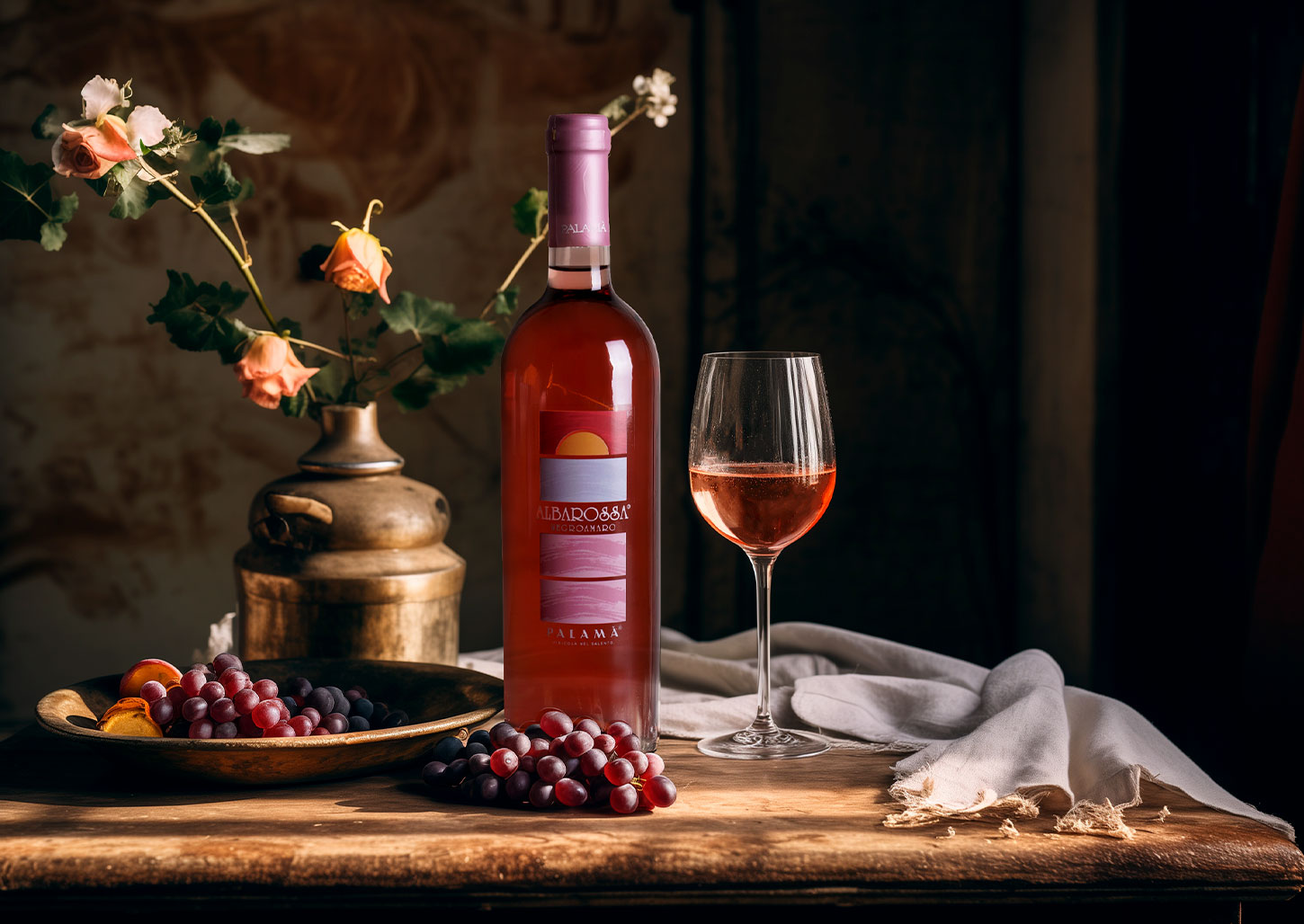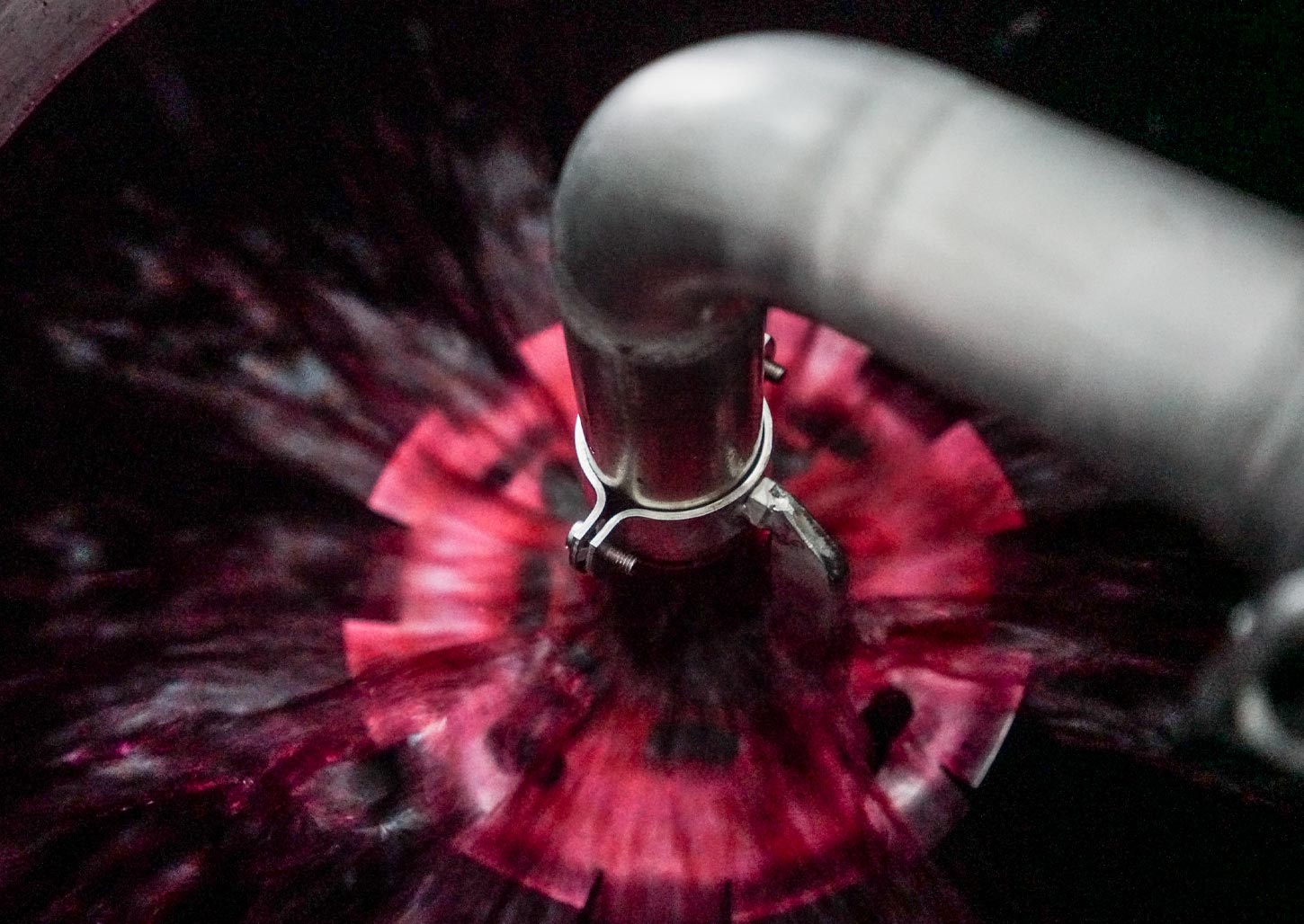Albarossa Rosé
A fter a brief maceration in the press, the pressed juice is separated from the skins, and alcoholic fermentation begins in stainless steel at a controlled temperature. Fresh and fruity, soft and intense: an easy-to-drink and versatile rosé.
Grape variety
Negroamaro
Bottle: 70 GL Glass Collection
Cap: 51 FOR (cork) Undifferentiated Collection
Capsule: C/90 ALU Aluminum Collection
The labels affixed to the front and back of bottles are not meant for separate disposal from the glass bottle.
For proper recycling, please follow the guidelines provided by your Municipality.



Characteristics and Curiosities
by Fabio Scarpitti, Italian Sommelier Champion
Palamà Winery in Cutrofiano, situated in the heart of Salento, for years has been dedicated to the vinification of autochthonous grapes with which it produces white, red, and rosé wines with an excellent quality/price ratio.
The range of pure Negroamaro wines is rather wide and varied: the name of this vine derives its origin from the crasis of the two terms “niger” (“black” in Latin) and “mavrós” (“black” in Greek); whose meaning fully reflects the characteristics of a grape rich in anthocyanins and tannins, with a bitter red fruit -almost black- aftertaste. When bred to tree, possibly on calcareous and clayey soil that releases the humidity stored during the periods of maximum heat and drought, this variety is at its best.
The alberello breeding form, borrowed from a Greek tradition, remains very low: this technique minimizes the distance between root system and leaves, maximizing the poor water availability-typical of southern climates.
Until the ‘60s, in these areas, mostly blended wines were produced and destined to Northen Italy and France’s producers, who used them to give color and alcoholicity to plain wines with a base of Merlot and Cabernet Sauvignon produced in their areas.
Naturally, this type of market did nothing to stimulate local producers who were seeking quality: in 1957, northern producers started forego using this blending wine, forcing local winegrowers to a mandatory choice: produce less, increase quality and autonomously enhance the vineyard in question. A little less important than its older brother “Metiusco” (but certainly not less good), the Rosé “Albarossa” is a wine rich in red fruits (raspberries and cherries most of all), flowers (rose and violet) and citrus (light orange skin). On the palate it’s sapid, dry, concentrated, with an ethereal personality and great impact. A rosé to drink every day, must be served cold especially in summer.
Text by Fabio Scarpitti for Scarpitti Distribuzione snc ©
Combinations
Any vegetable-based main dish; prepared with fresh tomatoes or tomato sauce, or alternatively any stewed-fish-based dish. Excellent also combined with pizza.
Text by Fabio Scarpitti for Scarpitti Distribuzione snc ©


